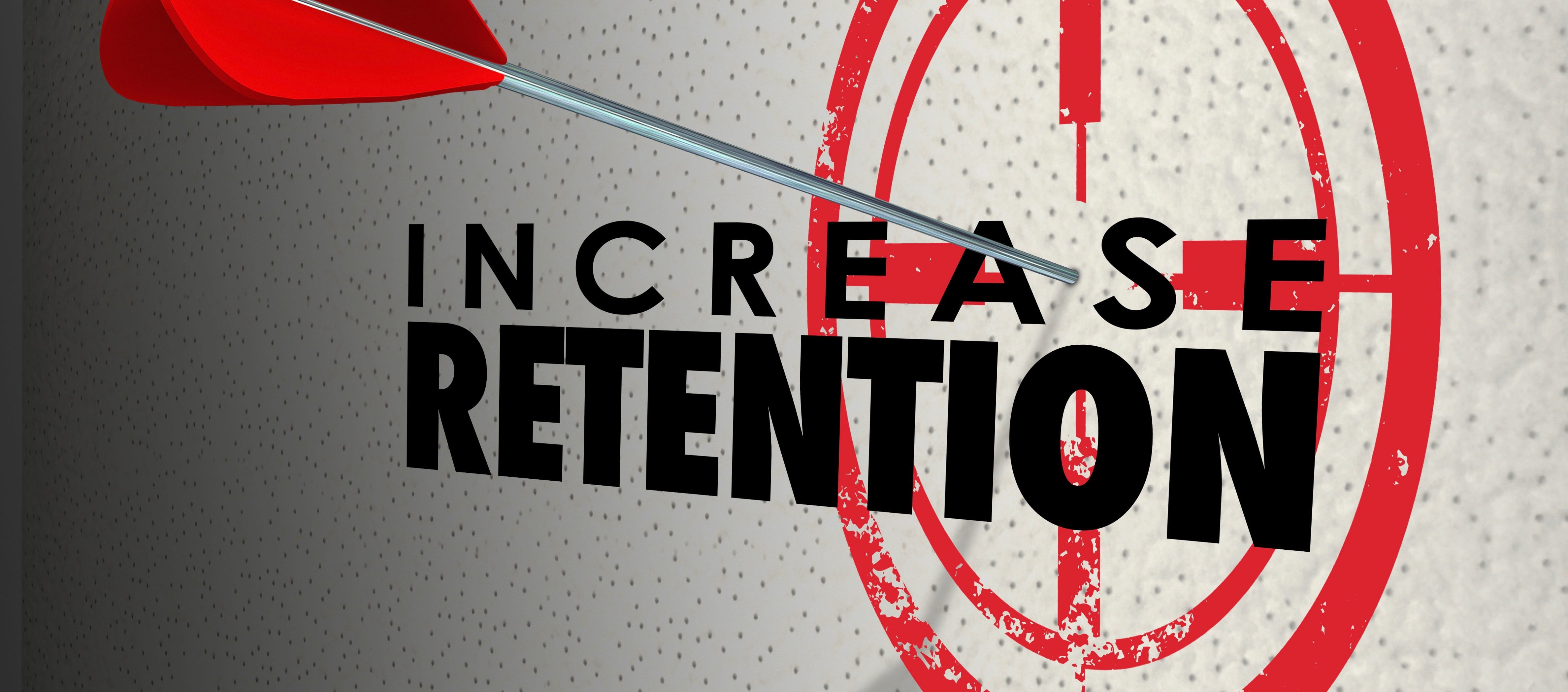The restaurant sector sees one of the highest turnover rates, at 81.9 percent as of 2019. But proper restaurant workforce management practices can help managers move the needle in the right direction and motivate employees to work harder and stay longer.
Even keeping restaurant employees a little longer can help restaurants out, according to Lil Roberts, CEO and founder of fintech company Xendoo. Lower turnover ensures that managers spend less time training new employees, which also ultimately saves money on training costs.
Also read: Boost your managers’ effectiveness with an essential mobile clock-in tool
Here are six restaurant workforce management tips to help owners and managers keep good employees longer and keep them engaged with the job.
Find the right team members that will be consistent and dependable
Most restaurant employees don’t understand that their job can become their career, Roberts said. Moving higher up the ladder at the restaurant or moving to a higher-tiered establishment can be a potential career path for them.
Managers must more carefully consider how to hire right, Roberts said, suggesting that they create scorecards unique to the establishment that allow them to vet candidates for job duties, culture fit and job expectations. Conversely, when they make a bad hire, they should “find the door they came through and nail it shut,” she said.
For example, if a restaurant sees many employees who are inconsistent about showing up to work on time, managers can consider how to add behavioral-based questions into the traditional interview process.
Also read: Knock out the practice of buddy punching for good
These behavioral questions shouldn’t be too direct, which might ultimately give a manager a yes-or-no answer that isn’t helpful. The question “Are you organized?” would give a more generic answer versus something like “If I opened your closet and looked left, what would I see?” Roberts said. A more organized candidate might end up being a phenomenal host or hostess, she added, while someone with different strengths may be a better server.
Talk to employees about their future and career goals
People often see restaurants as a workplace with few benefits and low pay, but the reality is that benefits and compensation depend on what level of the restaurant someone works at, Roberts said. It also depends on the dining establishment itself. A waiter at a casual sit-down restaurant may value flexibility and making enough money to get by until they move on, but at a more family-oriented restaurant managers have the opportunity to have meaningful conversations with wait staff, Roberts said.
Questions include: What are your life goals? Are you going to school? Would you like to use this job as a stepping stone to a career in the restaurant industry?
High-end restaurants like Morton’s Steakhouse with good wait staff jobs will hire based off skills and years of experience, Roberts said, and managers at more casual eateries can use the appeal of these higher tiered restaurants to retain employees longer. They can teach these workers skills needed to work at a high-end restaurant and give them the experience years needed to be eligible for those jobs.
Also read: Employee performance shines bright with valuable, continuous shift feedback
Not only do employees benefit in this situation, but employers in the restaurant industry can save money by reducing turnover.
Keep temporary employees just a little longer
Not every wait staff member wants a career in the industry, and that’s OK. Restaurants can still benefit from enticing them to stay a few months longer than they originally planned. Managers can do this by learning what drives workers, Roberts said.
If someone wants a fun workplace, one way to keep them engaged is creating contests that keep them entertained and happy, she said. If someone wants stability in their schedules because of other responsibilities that limit when they can work at the restaurant, managers can honor that and give them the same days and times each week.
“Then your life is easy, and theirs is easy,” Roberts said. “And it all stems from behavioral hiring and hiring the right people. If you’re a business owner and you’ve got a revolving door, you need to not say ‘Oh, the workforce is bad.’ You need to look internally and say, ‘What process can I change?’”

Invest in the latest technology
Restaurants have been notorious laggards when it comes to adopting new technology, according to Sam Zietz, CEO of payment technology company GRUBBRR, adding that the COVID-19 pandemic has in part exposed what companies have embraced technology versus those that have been stuck in the past. Fast-food establishments like Chipotle, Chick-fil-A and McDonald’s had invested in technology before the pandemic, and they’re leading the pack, he added.
Technology that makes restaurant workforce management simpler falls in a broad range, from self-ordering kiosks that allow former cashiers to find more satisfying jobs at the restaurant to shift-swapping software that gives employees a simpler way to trade shifts.
Meet employees where they are
Regarding communication, managers should consider employee preferences, whether that’s texting, calling, emailing or something else. It’s simple, and respecting employee preference goes a long way, Roberts said.
“As long as the employee is doing their job and fitting the culture of the company and the responsibilities of the job, pick what matters most,” she said. “Don’t try to have your whole team that just represents you and the way you move through the world.”
Promote a culture where team members feel comfortable approaching management
It’s very important to make sure managers create a safe workplace, Roberts said. According to Equal Employment Opportunity Commission data, hourly employees in the restaurant and retail industries are some of the most susceptible to harassment. Managers need to know how to deal with this.
“As owners, you have to train your manager team how to deal with these kinds of situations. The manager can’t just fly off the handle and yell at the employee who called an employee a name. That’s not going to solve anything,” Roberts said. “ You have to be very careful. One thing I will say is if a restaurant doesn’t have an HR person, find a fractional HR person that is HR certified who can help you handle that.”




 The constant pressure, isolation and travel leads to a lot of burnout. Despite relatively high salaries, industry turnover rates among the associates is more than
The constant pressure, isolation and travel leads to a lot of burnout. Despite relatively high salaries, industry turnover rates among the associates is more than